1128 Engineering,
Nuvotion and Enabled Development met at such a social enterprise
(Makeshift Studio), three separate start-up companies in three
separate but overlapping niches. It wasn't long before they started collaborating. A product that shared and embraced
what it meant to be a socially aware company was chosen to the first
collaborative product. From the initial brainstorming sessions, held
at Makeshift Studios, the Tea Dunker Project was born. The project embraces the core principals of STEAM education with a one day workshop focusing on user centered design utilising the Arduino IDE to demonstrate basic programming concepts in a practical and meaningful way.
Workshop participants will experience how STEAM learning empowers anyone to:
- Recognise and define a problem
- Work in a group to maximise the diversity of contributing ideas
- Brainstorm broad ideas to approach a solution
- Specify all the elements required to implement the solution
- Divide and conquer the various sub tasks
- Test the solution & iterate improvements
All of these skills are critical to modern product and process development, and the participants will experience a concrete example of how a range of technologies can combine to produce something that will benefit society as a whole.
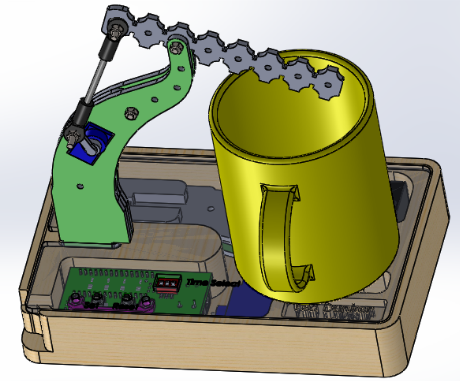
The Tea Dunker Machine (pictured above).
Huy Nguyen - Enabled Development discussing the Tea Dunker Project:
 Nickcasio
Nickcasio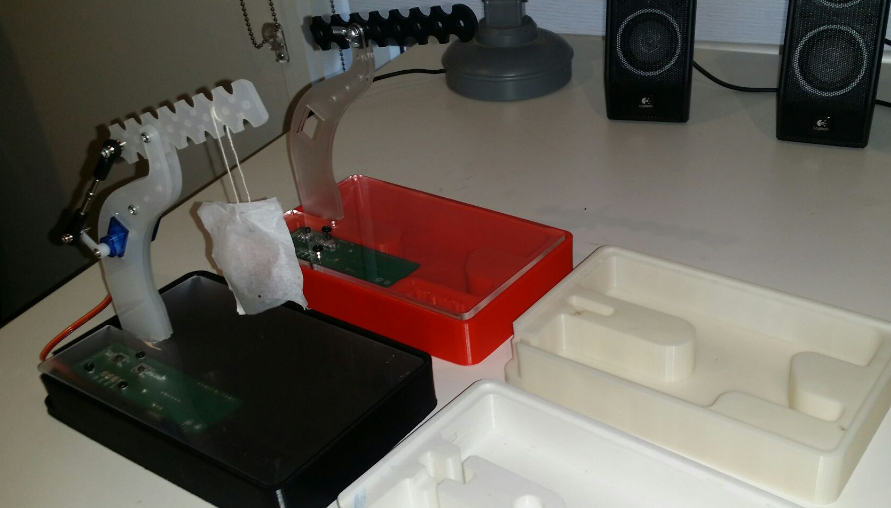
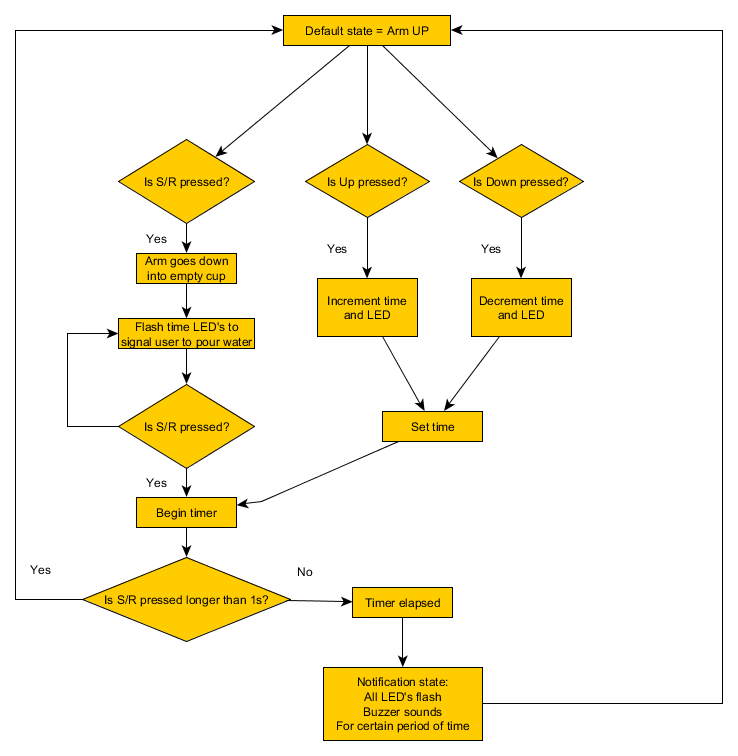
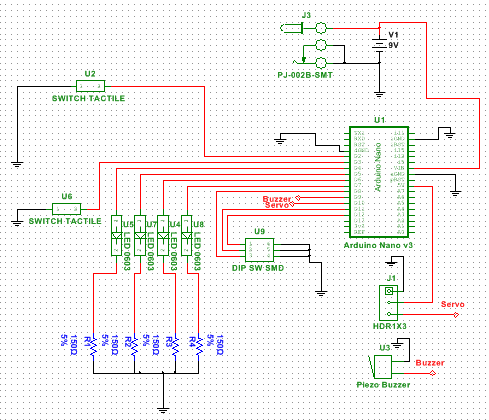 National Instruments
Multisim™ was used for
the schematic capture, which then was transferred to Ultiboard™
for layout. Circuit Board Layout involves mechanically places the
individual parts such as push buttons, lights and other components
drawing tracks that link all the parts electrically together pictured below.
National Instruments
Multisim™ was used for
the schematic capture, which then was transferred to Ultiboard™
for layout. Circuit Board Layout involves mechanically places the
individual parts such as push buttons, lights and other components
drawing tracks that link all the parts electrically together pictured below.
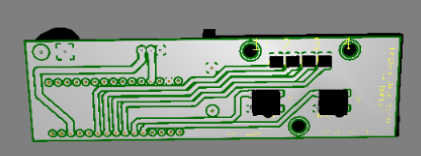

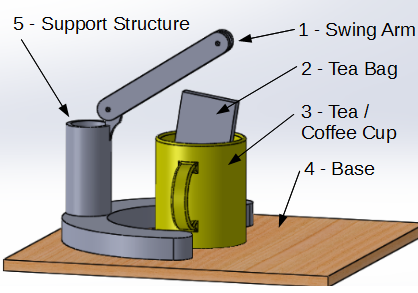
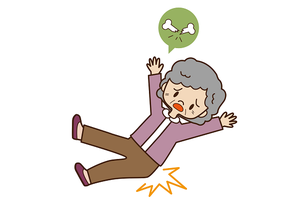
 Jun Lu
Jun Lu
 Austin Marandos
Austin Marandos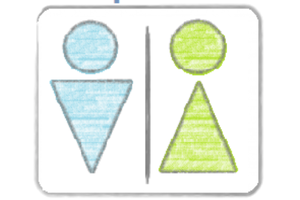
 Mei-Li Hey
Mei-Li Hey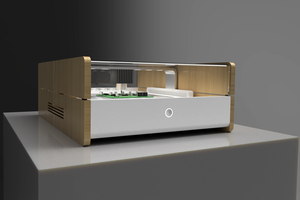
 Victor Dedios
Victor Dedios